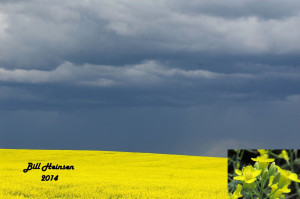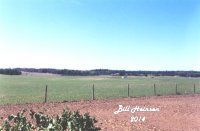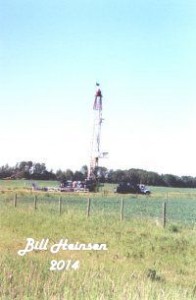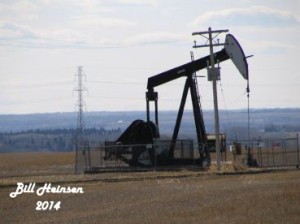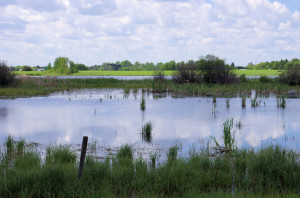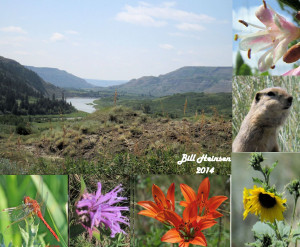Before the Dickson Dam was built, Red Deer River was home to a great diversity of resident fishes. Early in the 20th century, montane and foothills species such as the bull trout, mountain whitefish, spoonhead sculpin, and mountain sucker occurred in abundance. From the mouth of the Raven River and down to the prairies, the river teemed with northern pike, walleye, sauger, burbot, goldeye, and several other species. From the Raven River to the upper badlands, a diverse mixture of plains and foothills species occupied the river making for a rich sport fishery. Adult bull trout are gone from most of the river. Large northern pike have also declined from excessive harvest and reproductive problems caused in part by the building of the Dickson Dam.
Nursery areas for fish in lower reaches of the river and in tributary streams formerly flooded by high spring and early summer water levels in the Red Deer River are reduced in both quantity and quality. The number of larvae of mountain whitefish that hatch and survive downstream from the Dickson Dam has been reduced sharply. Formerly they hatched synchronously following breakup and grew well in the warm productive water along the shore. Today larva hatch in March when the water is cold and unproductive. They grow little and die before a meaningful effect on populations occurs.
Spoonhead sculpin, indicators of water and substrate quality, have almost disappeared downstream from the Dam. Brook, brown and cutthroat trout have been successfully introduced into the upper Red Deer River and its tributaries. In the lower river, the formerly rare mooneye has significantly increased since the 1970’s. Lake whitefish have also become common in the lower river, probably through inadvertent introduction from irrigation canals in Southern Alberta. Adult fish are present, but there is no evidence of successful reproduction.
While introductions have increased species diversity and enriched the fishery in the upper Red Deer River the once excellent fishery of the middle river is severely depleted. Expensive put-and-take stocking of brown and rainbow trout is a poor substitute for good stewardship.


